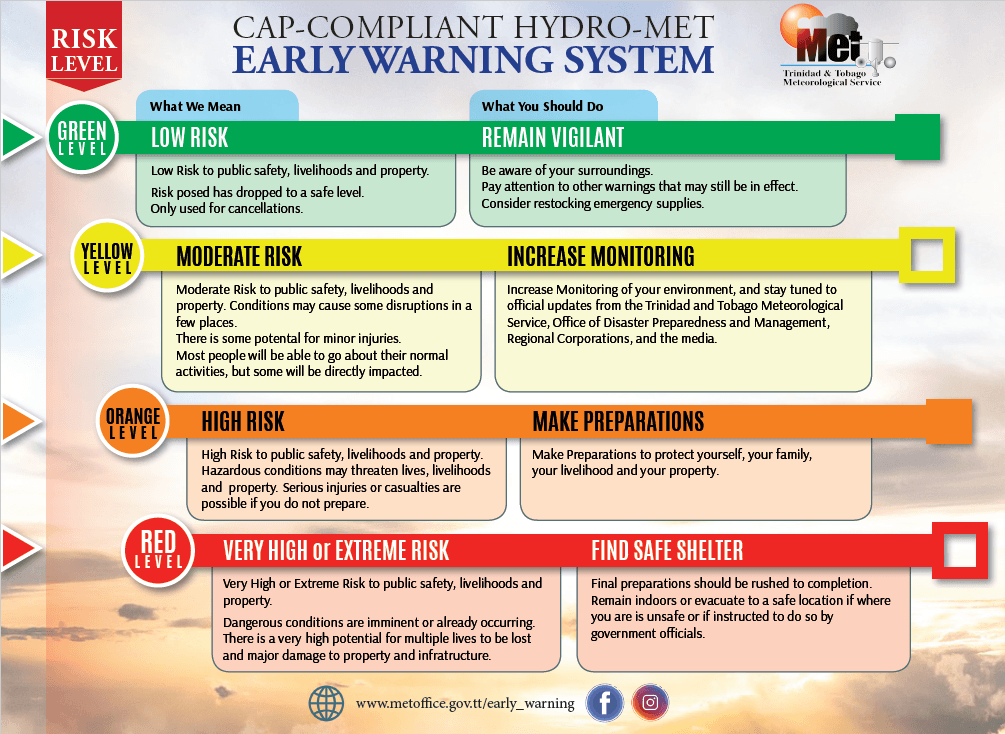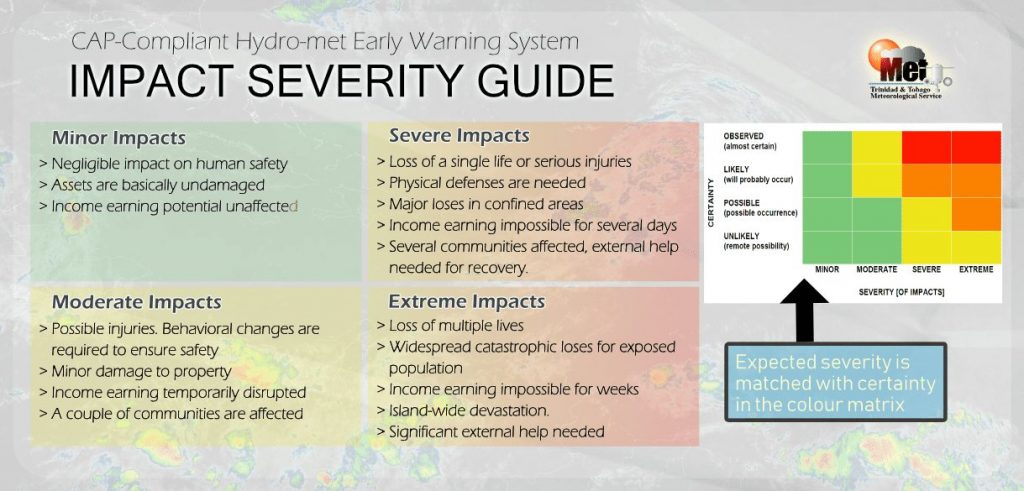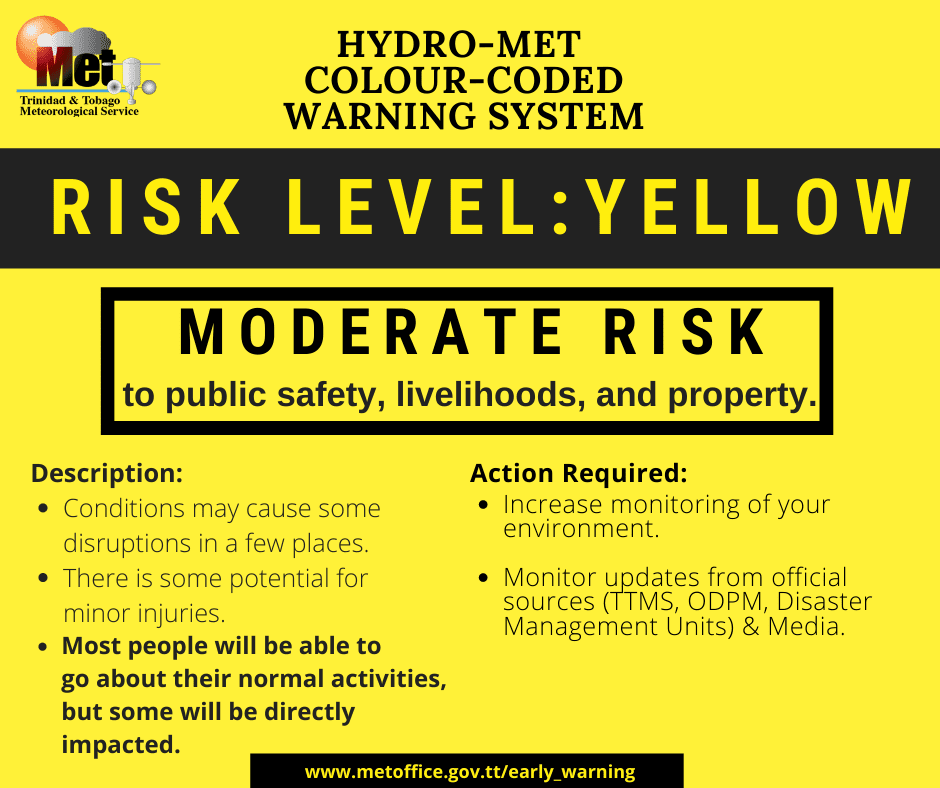Hazardous long-period swells continue to affect T&T’s northern coasts and, to a lesser extent, western coastal areas of Trinidad, prompting the Trinidad and Tobago Meteorological Service (TTMS) to issue a Hazardous Seas Alert. These swells are forecast to continue through the end of the week, leading to an extension of the alert.
What you need to know
— What is happening: Long-period swells up to 14 seconds are affecting coastlines, moving in from the north and are forecast to persist through Friday. These swells are forecast to coincide with elevated winds.
— What can we expect: Open water waves are forecast to remain between 2 and 2.5 metres, occasionally exceeding 2.5 meters on Tuesday, while swells are forecast to produce large, battering waves in nearshore areas through Friday. There is an increased risk of rip currents and potentially dangerous conditions for small craft operators.
Latest Alerts
Hazardous Seas Alert Discontinued For T&T
Trinidad and Tobago is NOT under any tropical storm or hurricane threat, watch, or warning.
The Hazardous Seas Alert
The Trinidad and Tobago Meteorological Service updated the Hazardous Seas Alert (Yellow Level) on Tuesday at 3:40 PM. The alert went into effect for northern and northeastern exposed coastal areas of Trinidad and Tobago and, to a lesser extent – the north-facing shoreline in the Gulf of Paria at 2:00 AM Sunday, February 11th, 2024, and has been extended through 10:00 AM Friday, February 16th, 2024.


“Northerly long period swells persist, maintaining hazardous conditions along the northern and northeastern exposed coastlines of Trinidad and Tobago. These swells can result in battering waves at coastal regions and can be exacerbated during high tides. Nearshore activities (fishing, sea bathing, mooring of boats etc.) can be adversely affected,” according to the Trinidad and Tobago Meteorological Service. This “alert” status considers the possibility of the event occurring. This hazardous sea event has been observed.

The alert’s color indicates the event’s severity and probability of the event occurring. Currently, the alert level is Yellow. This means that the hazards have been observed, and the severity of impacts is moderate for this particular alert.
There is an increased risk of strong rip currents, posing a serious hazard to swimmers and beachgoers. Rip currents can be life-threatening even for experienced swimmers. Agitated seas are likely to be particularly perilous for offshore activities. This includes fishing and other small craft marine interests. Due to the presence of spring tides, conditions at seawalls along affected coastlines can be exacerbated, especially at high tide.
For a moderate Hazardous Seas Alert, there is the potential for possible injuries, where behavioral changes are required to ensure safety. There may be minor damage to property, with income-earning temporarily disrupted and a couple of communities affected.
The Met Office is advising all marine interests to monitor near-shore / coastal sea conditions and exercise caution along affected areas.












